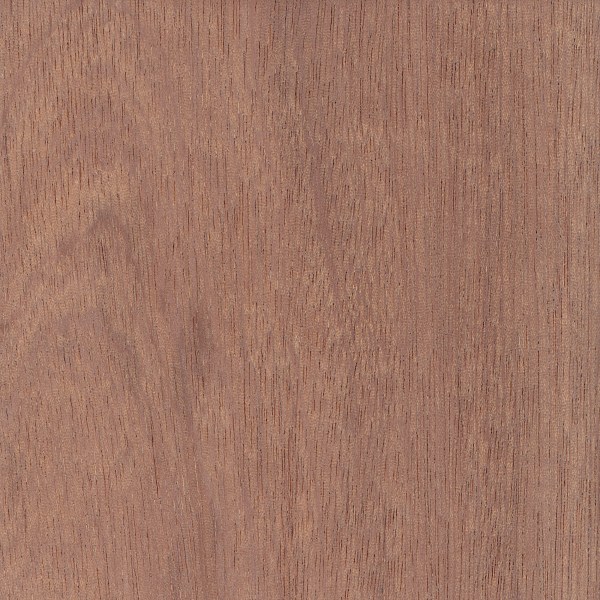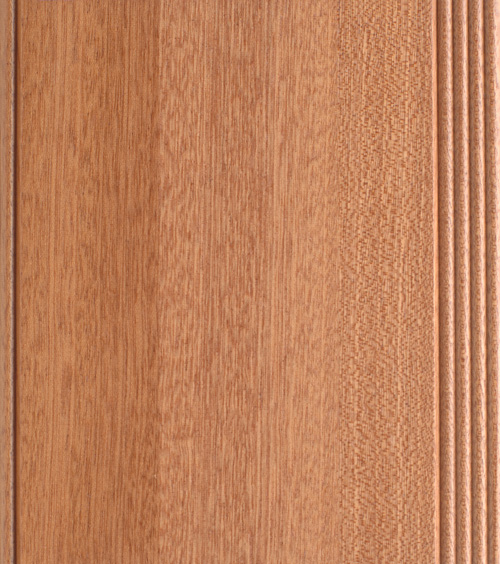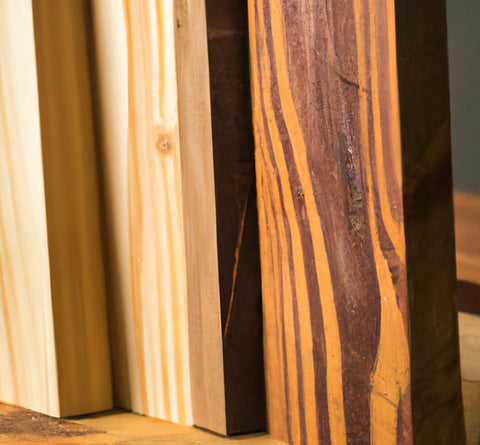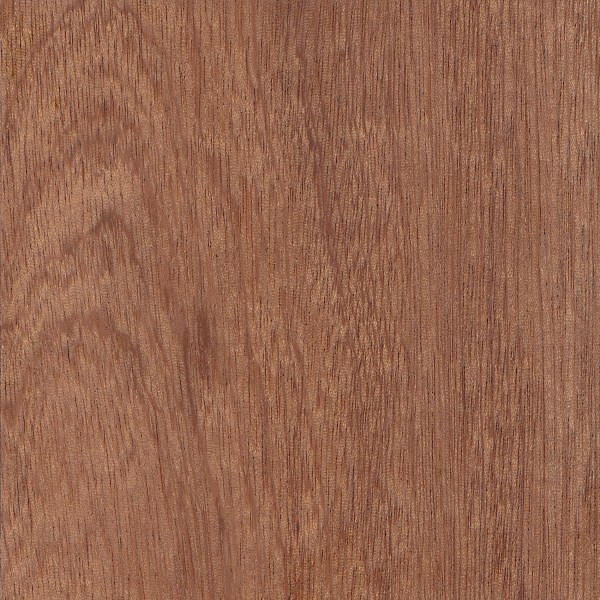Have you ever worked with sapele wood before? It’s a beautiful and popular choice for furniture and cabinetry, but achieving a flawless finish can sometimes be a challenge. But fear not, because in this article, we’re going to dive into the world of sapele wood finishing and give you all the tips and tricks you need to achieve that perfect, smooth finish you desire.
When it comes to sapele wood, one of the first things to consider is the surface preparation. It’s important to ensure that the wood is properly sanded and free from any imperfections or blemishes. This will provide a smooth canvas for the finish and help to ensure optimal adhesion.
Next, you’ll want to choose the right type of finish for your project. Sapele wood has a natural reddish color with beautiful grain patterns, so you may want to consider using a clear finish that enhances these features. Whether you choose a varnish, an oil-based finish, or a water-based finish, make sure to follow the manufacturer’s instructions for application and drying times.
Finally, the key to achieving a flawless finish with sapele wood is patience and attention to detail. Apply multiple thin coats of finish, allowing each coat to dry completely before applying the next. Take the time to sand lightly between coats to achieve a smooth and even surface. With a little bit of practice and some elbow grease, you’ll be able to achieve that flawless finish you’ve been dreaming of.
So, if you’re ready to tackle sapele wood finishing and achieve a flawless result, keep reading our article for more in-depth tips and techniques. You’ll be amazed at the transformation you can achieve with just a bit of knowledge and the right tools.

Achieving a Flawless Finish with Sapele Wood
Sapele wood is a popular choice among woodworkers and furniture makers due to its stunning appearance and exceptional durability. With its reddish-brown hue and captivating grain patterns, sapele wood adds a touch of elegance to any project. However, to truly bring out the beauty of this wood, proper finishing is essential. In this article, we will explore the characteristics of sapele wood, its history, and origin, as well as step-by-step instructions on how to achieve a flawless finish.
Understanding Sapele Wood
Characteristics of Sapele Wood
Sapele wood, also known as sapelli or entandrophragma cylindricum, is a tropical hardwood native to the tropical regions of Africa. It is commonly found in countries such as Nigeria, Cameroon, and Ivory Coast. Sapele wood is known for its high density, which gives it excellent strength and stability. Its natural color ranges from medium to dark reddish-brown, often with beautiful ribbon-like stripes that add depth and character to the wood. This wood is commonly used for furniture, cabinetry, boatbuilding, and decorative veneers.
History and Origin of Sapele Wood
Sapele wood has a rich history that dates back centuries. It was first discovered by European traders in the West African region during the 19th century. Its popularity quickly spread due to its aesthetic appeal and durability. Sapele wood became a significant export from Africa, particularly to Europe, where it was used extensively for constructing fine furniture and decorative interiors. Today, sapele wood continues to be highly sought after for its versatility and timeless beauty.
Preparing Sapele Wood for Finishing
Selecting and Purchasing Sapele Wood
When selecting sapele wood for your project, it is important to choose pieces that are free from defects such as knots, cracks, or warping. Look for straight and even-grained boards with consistent coloration. It is also crucial to source sapele wood from reputable suppliers who practice sustainable forestry. This ensures that the wood comes from responsibly managed forests, promoting conservation and reducing environmental impact.
Sanding and Smoothing Sapele Wood
Before applying any finish, it is essential to prepare the wood surface by sanding and smoothing it. Start with a coarse-grit sandpaper to remove any imperfections or rough spots. Gradually work your way up to finer grits, progressively smoothing the surface to achieve a silky smooth finish. Be sure to sand with the grain, applying even pressure to avoid creating scratches or uneven surfaces. Once the wood is smooth to the touch, use a tack cloth to remove any dust or debris before moving on to the next step.
Applying a Pre-Stain Wood Conditioner
To ensure an even and uniform finish, applying a pre-stain wood conditioner is highly recommended, especially when working with sapele wood. This step helps to seal the wood, preventing the stain from being absorbed unevenly and resulting in blotchy spots. Follow the manufacturer’s instructions for the pre-stain wood conditioner, applying it evenly with a brush or cloth and allowing it to penetrate the wood for the recommended amount of time before proceeding to the next step.
Choosing the Right Finish for Sapele Wood
Understanding Different Types of Wood Finishes
There are various types of wood finishes available, each with its own advantages and characteristics. The choice of finish for sapele wood depends on the desired look, level of protection, and ease of application. Some popular options include:
-
Polyurethane: Polyurethane finishes provide excellent durability and protection. They are available in a range of finishes, from high gloss to satin, allowing for customization of the final look.
-
Tung Oil: Tung oil is a traditional and natural finish that enhances the natural beauty of sapele wood. It provides a warm, lustrous finish and requires regular maintenance to keep the wood protected.
-
Shellac: Shellac is a versatile finish that offers a smooth, glossy appearance. It is easy to apply and dries quickly, making it a popular choice for woodworkers.
-
Lacquer: Lacquer finishes provide a durable and glossy finish. They dry quickly, allowing for multiple coats to be applied within a short period of time.
Considering the Desired Look and Durability
When choosing the right finish for sapele wood, consider the desired look and the level of durability required for the specific project. If you want to preserve the natural color and grain of the wood, an oil-based finish such as tung oil or Danish oil would be a good choice. For projects that require a high level of durability and protection, polyurethane or lacquer finishes are recommended.

Applying the Stain to Sapele Wood
Preparing the Stain
Before applying the stain to sapele wood, it is important to prepare the stain according to the manufacturer’s instructions. This may involve stirring the stain thoroughly to ensure an even consistency. It is also crucial to choose a stain color that complements the natural beauty of sapele wood. Test the stain on a small, inconspicuous area of the wood to ensure it achieves the desired color before applying it to the entire surface.
Applying the Stain to Sapele Wood
To apply the stain to sapele wood, use a brush or clean cloth and work in the direction of the grain. Apply the stain evenly, ensuring that no excess stain accumulates on the surface. Allow the stain to penetrate the wood for the recommended amount of time, typically around 5-15 minutes, before wiping off any excess with a clean cloth. Take care to remove all excess stain to avoid uneven coloration or blotchy spots. Allow the stained wood to dry completely before proceeding to the next step.
Sealing and Protecting Sapele Wood
Using a Wood Sealer
After the stain has dried, it is important to seal and protect the sapele wood to enhance its longevity and beauty. Applying a wood sealer helps to prevent moisture penetration and protects the wood from damage caused by UV rays. Choose a high-quality wood sealer that is specifically designed for sapele wood. Apply the sealer evenly with a brush or cloth, following the manufacturer’s instructions. Allow the sealer to dry completely before moving on to the next step.
Applying a Protective Topcoat
To further enhance the protection and durability of sapele wood, applying a protective topcoat is recommended. Polyurethane or lacquer finishes work well as topcoats, providing a glossy and resilient finish. Apply the topcoat evenly and allow it to dry between coats as per the manufacturer’s instructions. Lightly sand the surface between coats to ensure a smooth finish. Apply multiple coats until the desired level of protection and sheen is achieved.

Enhancing the Natural Beauty of Sapele Wood
Using a Wood Toner
If you want to enhance the natural beauty of sapele wood even further, using a wood toner can help achieve a more uniform color and even out any variations in the wood’s appearance. Wood toners are available in various shades and can be applied after the stain and before the sealer. Follow the manufacturer’s instructions for application, and test the toner on a small area before applying it to the entire surface.
Adding Grain Fillers
Grain fillers are often used to fill the pores and grain patterns of sapele wood, creating a smoother and more polished look. They can be applied after the sealer and before the topcoat. Choose a grain filler that matches the desired final color of the wood, and apply it evenly using a putty knife or scraper. Remove any excess filler and allow it to dry completely before sanding the surface smooth and applying the topcoat.
Achieving a Smooth and Even Finish
Proper Sanding and Conditioning between Coats
To achieve a smooth and even finish, it is important to sand the surface between coats of finish. Use a fine-grit sandpaper and lightly sand the surface, following the wood’s grain, to remove any imperfections or roughness. Wipe off any dust or debris with a tack cloth before applying the next coat. This process ensures a clean and smooth surface for each subsequent coat of finish.
Avoiding Common Finishing Mistakes
When finishing sapele wood, it is important to avoid common mistakes that can affect the final result. Some common pitfalls to avoid include:
-
Applying too much finish: Applying too much finish can result in a thick and uneven coating that takes longer to dry and may lead to drips or brush marks. Apply thin and even coats, allowing adequate drying time between each coat.
-
Rushing the drying process: Patience is key when working with sapele wood. Rushing the drying process can cause the finish to become tacky or uneven. Give each coat of finish ample time to dry according to the manufacturer’s instructions before proceeding to the next coat.
-
Skipping the sanding between coats: Sanding between coats helps to achieve a smooth and uniform surface. Skipping this step can result in an uneven finish and may affect the final appearance of the wood.

Tips and Tricks for Finishing Sapele Wood
Best Practices for Application
When applying the finish to sapele wood, there are some best practices to keep in mind:
-
Work in a well-ventilated area: Ensure proper ventilation when applying finishes, as some can emit fumes that may be harmful if inhaled. Open windows or use fans to circulate air.
-
Use clean brushes or cloth: Always use clean brushes or cloths when applying finishes to avoid contamination or uneven application. Remove any loose bristles or lint from brushes before use.
-
Apply thin coats: When applying finish, it is better to apply multiple thin coats rather than one thick coat. This allows for better control and helps to avoid drips or an uneven finish.
Utilizing Tools and Techniques
Using the right tools and techniques can greatly enhance the finishing process:
-
Brushes or spray guns: Depending on the type of finish chosen, brushes or spray guns can be used to apply the finish evenly. Choose the appropriate tool for the desired finish and follow the manufacturer’s recommendations.
-
Protective gloves and clothing: When working with finishes, it is important to protect your skin and clothing. Wear gloves and clothing that covers exposed areas to prevent irritation or staining.
-
Allow adequate drying time: Follow the manufacturer’s instructions for drying time between coats. Rushing the process may compromise the quality of the finish and affect the final result.
Caring and Maintaining Sapele Wood
Cleaning and Polishing
To keep sapele wood looking its best, regular cleaning and polishing are essential. Use a soft, lint-free cloth to dust the wood surface regularly, removing any debris or fingerprints. Avoid using harsh chemicals or abrasive cleaners, as they can damage the finish or strip away the protective layer. Instead, use a mild soap solution or specially formulated wood cleaner. Apply a wood polish or wax occasionally to restore the luster and protect the wood.
Repairing and Touching Up the Finish
Over time, sapele wood may develop scratches or minor damage. To repair and touch up the finish, follow these steps:
-
Clean the damaged area: Remove any dirt or debris from the damaged area using a soft cloth and a mild cleaner.
-
Lightly sand the damaged area: Using a fine-grit sandpaper, gently sand the damaged area to remove any rough edges or imperfections. Be careful not to sand too aggressively, as this may remove the finish.
-
Apply touch-up stain: Using a brush or cloth, apply a small amount of touch-up stain that matches the color of the original finish. Wipe off any excess stain and allow it to dry completely.
-
Apply a protective topcoat: Once the touch-up stain has dried, apply a thin coat of protective topcoat to seal and protect the repaired area. Allow the topcoat to dry completely before using or further polishing the wood.

Alternatives to Traditional Sapele Wood Finishes
Exploring Non-Toxic and Eco-Friendly Options
For those seeking non-toxic and eco-friendly finishing options for sapele wood, there are alternatives available:
-
Water-based finishes: Water-based finishes are low in VOCs (volatile organic compounds) and are environmentally friendly. They provide good protection and are easy to clean up with water.
-
Natural oil finishes: Natural oils such as linseed oil or tung oil offer a non-toxic and eco-friendly option for finishing sapele wood. They enhance the wood’s natural beauty and are easy to maintain.
Considering Alternative Finishing Methods
Apart from traditional finishes, there are alternative methods available to achieve unique looks and effects on sapele wood:
-
Staining and glazing: Staining and glazing techniques can be applied to sapele wood to create depth and color variations. This involves applying a base stain and adding layers of glaze to achieve the desired effect.
-
Distressing and antiquing: Distressing and antiquing techniques can be used to give sapele wood an aged or weathered appearance. This involves creating intentional dents, scratches, or other aging effects and applying specialty finishes to accentuate the desired look.
The Role of Sapele Wood in Interior Design
Sapele Wood as a Statement Piece
Sapele wood adds a touch of elegance and sophistication to any interior design. Whether used for furniture, cabinetry, flooring, or wall panels, sapele wood stands out as a statement piece. Its warm tones and distinctive grain patterns create a visually captivating focal point, enhancing the overall aesthetic of any space.
Using Sapele Wood in Different Applications
The versatility of sapele wood allows it to be used in a wide range of applications within interior design. Some popular uses include:
-
Furniture: Sapele wood is ideal for creating exquisite furniture pieces such as tables, chairs, cabinets, and bed frames. Its durability and beauty make it a perfect choice for both functional and decorative furniture.
-
Cabinetry: Sapele wood is highly desired for creating stunning kitchen and bathroom cabinetry. Its natural beauty, combined with its resistance to moisture and humidity, makes it a practical and luxurious choice.
-
Flooring: Sapele wood flooring adds warmth and richness to any room. Its durability and resistance to wear make it a practical choice for high-traffic areas.
-
Wall panels and moldings: Sapele wood wall panels and moldings bring elegance and character to walls and ceilings. Whether used as a full wall covering or as accent panels, sapele wood brings a touch of luxury to any space.
Conclusion
Achieving a flawless finish with sapele wood is a multi-step process that requires attention to detail and the use of proper techniques and materials. By understanding the characteristics of sapele wood, selecting the right finish, and following the step-by-step instructions outlined in this article, you can enhance the natural beauty of sapele wood and create stunning pieces that will stand the test of time. With its timeless elegance and durability, sapele wood continues to be a popular choice among woodworkers and interior designers alike. So, whether you are embarking on a new furniture project or renovating your living space, remember to consider sapele wood for a flawless finish that will leave a lasting impression.

